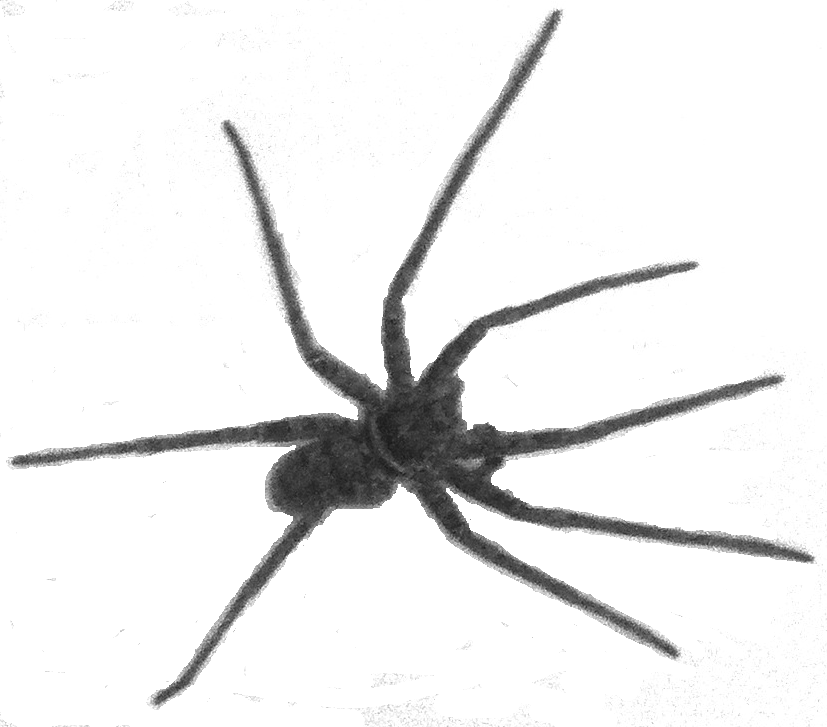CLK11-S6
Basic information
Sample name: CLK11-S6
Sample aka: Paleontological Collection Area 40
Reference: J. E. Lewis, C. V. Ward, W. H. Kimbel, C. L. Kidney, F. H. Brown, R. L. Quinn, J. Rowan, I. A. Lazagabaster, W. J. Sanders, M. G. Leakey, and L. N. Leakey. 2024. A 4 3-million-year-old Australopithecus anamensis mandible from Ileret, East Turkana, Kenya, and its paleoenvironmental context. Journal of Human Evolution 194(103579):1-22 [ER 4408]
Geography
Country: Kenya
Coordinate: 4.412° N, 36.345° E
Coordinate basis: estimated from map
Scale: outcrop
Formation: Koobi Fora
Time interval: Early Pliocene
Max Ma: 4.39
Min Ma: 4.3
Age basis: paleomag
Geography comments: most fossils are from a "main site" within a ~250 km2 area within "the region between the Il Eriet ephemeral streambed, Lake Turkana, and the border with Ethiopia"
Fig. 1 shows point localities spread roughly between about 4.40 and 4.41º N and 36.325 and 36.355º E, but Fig. S1 in the supplement indicates that the "fossils finds" are mostly from site CLK11-S6 at about 4.412º N, 36.345º E
the Australopithecus anamensis specimen (KNM-ER 63000) is not from the main site, but it is included in the main table and therefore the list must mix in specimens from nearby sites
"within the upper Lonyumun Member... In the region immediately surrounding the fossil site several volcanic ash layers have been identified (stratigraphically, from bottom to top): the Guo, Tukunan, Kisemei (4.06 ± 0.02 Ma), Kanyeris, Moiti (3.97 ± 0.03 Ma), Wargolo (3.80 ± 0.01 Ma), and b-Tulu Bor (~3.42 Ma)... The Lonyumun Member below the Guo Tuff is of reversed polarity to the base, as is the fossil site itself" and based on deposition rates the level is "within the C3n.1r magnetozone" and therefore "between 4.30 and 4.39 Ma"
Fig. 1 shows point localities spread roughly between about 4.40 and 4.41º N and 36.325 and 36.355º E, but Fig. S1 in the supplement indicates that the "fossils finds" are mostly from site CLK11-S6 at about 4.412º N, 36.345º E
the Australopithecus anamensis specimen (KNM-ER 63000) is not from the main site, but it is included in the main table and therefore the list must mix in specimens from nearby sites
"within the upper Lonyumun Member... In the region immediately surrounding the fossil site several volcanic ash layers have been identified (stratigraphically, from bottom to top): the Guo, Tukunan, Kisemei (4.06 ± 0.02 Ma), Kanyeris, Moiti (3.97 ± 0.03 Ma), Wargolo (3.80 ± 0.01 Ma), and b-Tulu Bor (~3.42 Ma)... The Lonyumun Member below the Guo Tuff is of reversed polarity to the base, as is the fossil site itself" and based on deposition rates the level is "within the C3n.1r magnetozone" and therefore "between 4.30 and 4.39 Ma"
Environment
Lithology: not described
Taphonomic context: lake deposit
Habitat comments: the supplement states that the main site is "near the transition from dominantly lacustrine to dominantly fluvial strata"
the former is "primarily fine grained" and the latter consists of "fining-upward fluvial sequences with pebble conglomerates at the base, some of which have poorly developed paleosols at the top", but the "fill channels" all "lie above the level of the fossil site" and the site is implied to be in "lacustrine" sediments in the main text
the former is "primarily fine grained" and the latter consists of "fining-upward fluvial sequences with pebble conglomerates at the base, some of which have poorly developed paleosols at the top", but the "fill channels" all "lie above the level of the fossil site" and the site is implied to be in "lacustrine" sediments in the main text
Methods
Life forms: carnivores,primates,rodents,ungulates
Sample size: 138 specimens
Years: 2011
Museum: National Museums of Kenya
Sampling comments: the fossils are from a "main site"
collecting methods aren't discussed, but there is no mention of quarrying or excavation, so this is most likely a surface collection
lower vertebrates are not discussed
collecting methods aren't discussed, but there is no mention of quarrying or excavation, so this is most likely a surface collection
lower vertebrates are not discussed
Metadata
Sample number: 4687
Contributor: John Alroy
Enterer: John Alroy
Modifier no: John Alroy
Created: 2025-08-30 09:38:24
Modified: 2025-08-30 09:48:08
Abundance distribution
19 species
9 singletons
total count 138
geometric series index: 43.3
Fisher's α: 5.969
geometric series k: 0.8125
Hurlbert's PIE: 0.8397
Shannon's H: 2.2111
Good's u: 0.9349
Each square represents a species. Square sizes are proportional to counts.
• Find matching samples
Register
| †Australopithecus anamensis | 1 | |
| Parapapio sp. | 1 | |
| Colobini indet. | 6 | |
| plus 3 Cercopithecidae indet. | ||
| Hystricidae indet. | 1 | |
| †Dinofelis cf. petteri | 1 | |
| plus 4 Felidae indet. | ||
| Hyaenidae indet. | 3 | |
| †Loxodonta adaurora | 11 | |
| Elephas sp. | 1 | |
| cf.: plus 8 Elephantidae indet. | ||
| †Anancus ultimus | 4 | |
| †Diceros cf. praecox | 2 | |
| plus 3 Dicerotini indet. | ||
| Eurygnathohippus sp. | 15 | |
| †Nyanzachoerus kanamensis | 42 | |
| †Notochoerus jaegeri | 25 | |
| plus 28 Tetraconodontinae indet. | ||
| Hippopotamus sp. | 1 | |
| aff.: compared to the Hadar form; plus 21 Hippopotamidae indet. | ||
| †Giraffa cf. jumae | 1 | |
| plus 2 Giraffidae indet. | ||
| †Tragelaphus kyaloi | 1 | |
| plus 20 Tragelaphini indet. | ||
| Aepyceros sp. | 10 | |
| Damalacra sp. | 1 | |
| cf.: plus 6 Alcelaphini indet. | ||
| Antilopini indet. | 11 | |
| plus 10 Bovidae indet. | ||


